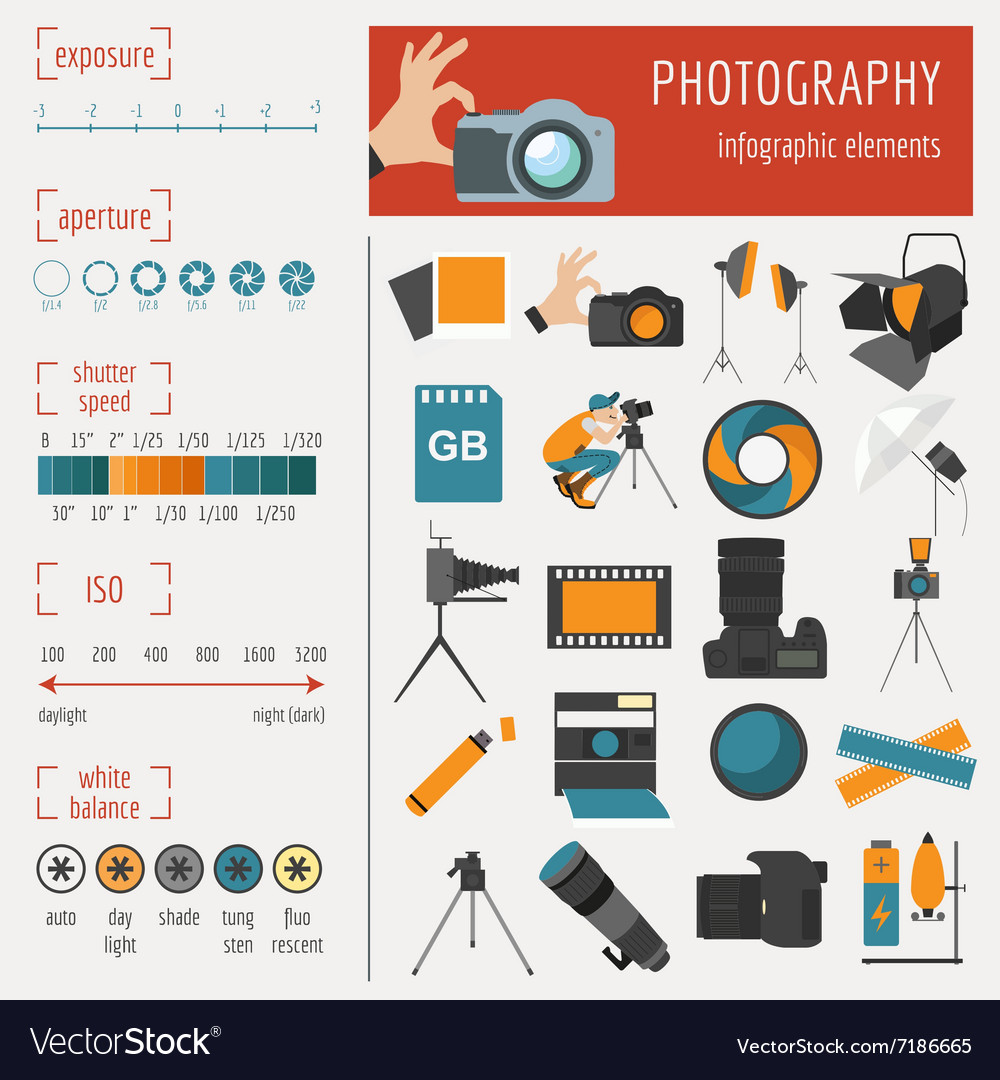Photography Tips For Beginners: Mastering Your Cam In A Snap
Photography Tips For Beginners: Mastering Your Cam In A Snap
Blog Article
Team Author-Lindgreen Elmore
When you initially pick up your camera, it can feel frustrating with all the setups and choices available. You may find yourself questioning exactly how to browse aperture, shutter speed, and ISO effectively. Grasping these principles is important, yet there's even more to photography than simply technical knowledge. Recognizing make-up methods and lights problems can boost your images drastically. So, what if you could discover easy techniques to enhance your skills and start capturing outstanding pictures sooner than you assume? Allow's explore exactly how to change your digital photography trip.
Comprehending Electronic Camera Settings
Recognizing your cam setups is vital for recording stunning images. When you pick up your video camera, familiarize on your own with the three main setups: aperture, shutter rate, and ISO. Each plays a vital function in exactly how your photos turn out.
Beginning with aperture, which controls the quantity of light entering the lens. A larger aperture (reduced f-number) lets in extra light and produces an attractive history blur, ideal for portraits. Conversely, a narrower aperture (greater f-number) maintains more of the scene in emphasis, suitable for landscapes.
Next, focus on shutter rate. This setting establishes how long your camera's sensor is revealed to light. A quick shutter speed ices up activity, which is terrific for activity shots, while a slow-moving shutter rate can develop spectacular impacts like smooth water in landscapes.
Last but not least, readjust your ISO. This setting influences your cam's level of sensitivity to light. A greater ISO serves in low-light situations yet can introduce noise or grain. Aim for the most affordable ISO possible while still attaining appropriate direct exposure.
Structure Techniques
When you're out shooting, structure can make all the distinction in how your photos reverberate with viewers. Beginning by using the policy of thirds; imagine your structure divided right into nine equivalent sections with 2 straight and 2 vertical lines. Setting key elements along these lines or at their intersections to create balance and passion.
Next off, think about leading Headshots for linkedin . mouse click the next document -natural lines in your scene, like roadways or rivers, draw the viewer's eye right into the photograph, leading them with the tale you're informing.
Don't forget about framing; use elements within your scene, like trees or home windows, to produce a structure around your subject, including deepness and focus.
Also, keep an eye on your history. A messy background can sidetrack from your primary subject, while an easy one aids it stick out.
Lastly, experiment with symmetry and patterns; they can create a striking picture that catches interest.
Mastering Lights Conditions
Mastering lights problems is important for capturing spectacular photos, as the right light can transform a common scene into something extraordinary.
Begin by observing all-natural light at various times of the day. Early mornings and late afternoons supply the best light, known as the gold hour. The soft, warm tones during these times can improve your photos beautifully.
Do not avoid cloudy days either; diffused light can reduce harsh shadows and produce a pleasing result, specifically for pictures.
Explore backlighting by positioning your subject versus the light source. This technique can produce a wonderful halo impact and include deepness to your photos.
Focus on your camera setups as well. Adjust the ISO, aperture, and shutter speed to match the illumination problems. A greater ISO can help in low light, yet be cautious of grain.
Use a tripod in darker atmospheres to stay clear of blur.
Last but not least, do not forget synthetic lights. Flash and continual lights can be excellent tools for controlling light in challenging problems.
Verdict
To conclude, understanding your video camera does not have to be overwhelming. By comprehending your setups, applying composition techniques, and using the power of natural light, you'll promptly raise your photography skills. Bear in mind, exercise makes best, so go out there and explore your newfound expertise. With time and devotion, you'll be capturing magnificent photos that reflect your special viewpoint. Appreciate the trip, and don't forget to have fun while you're at it!
